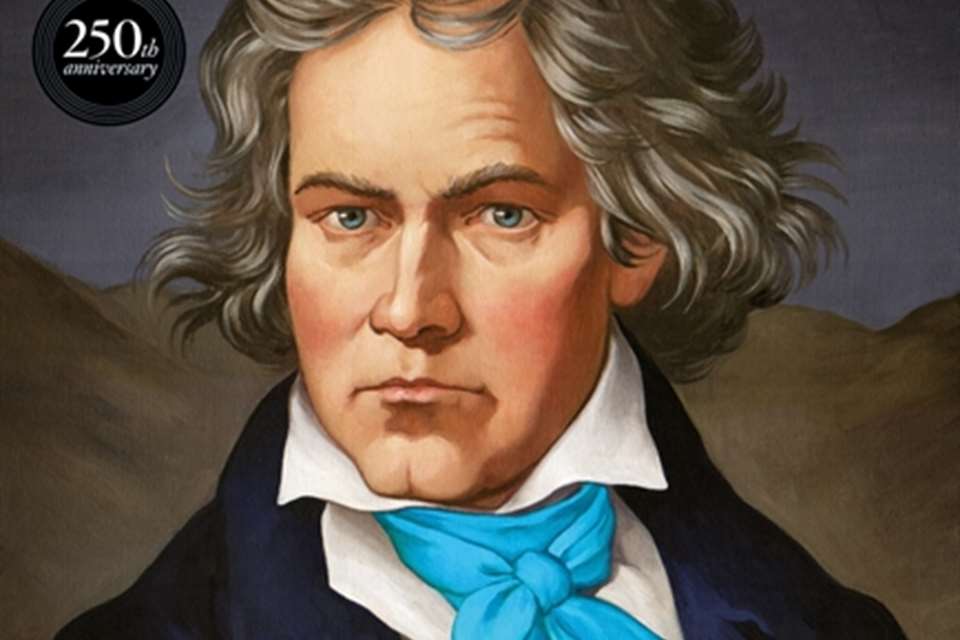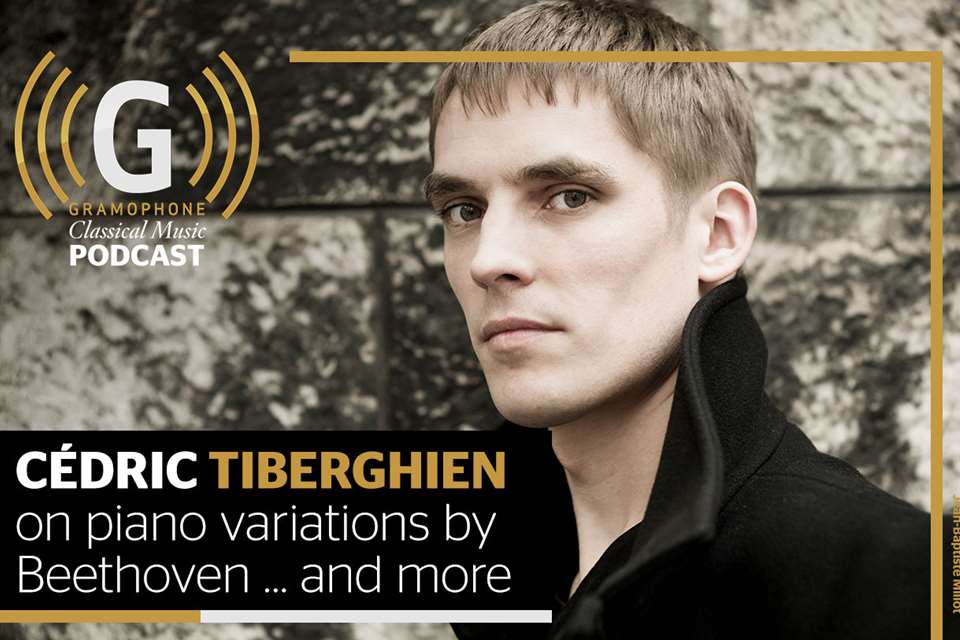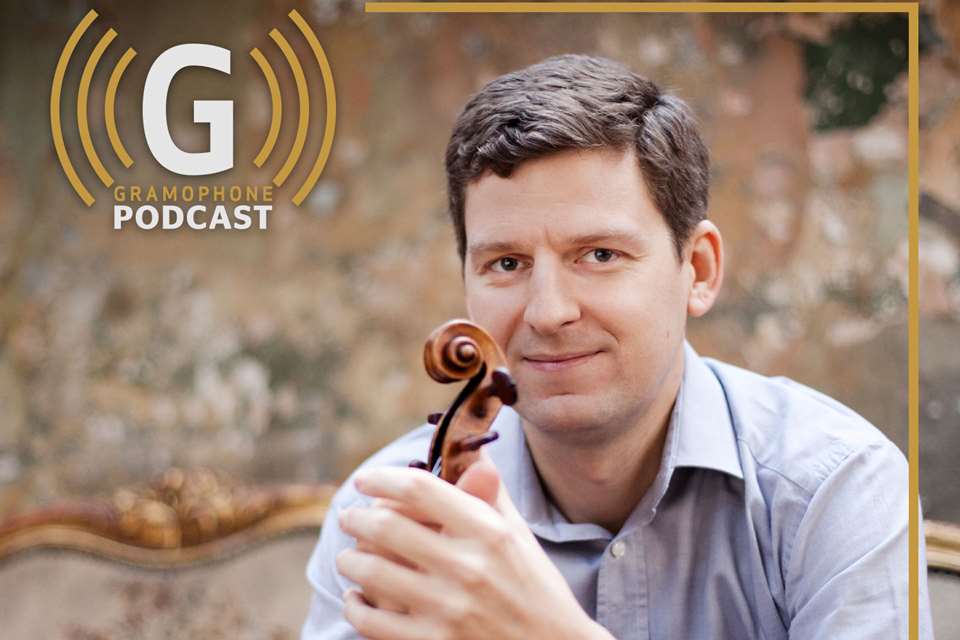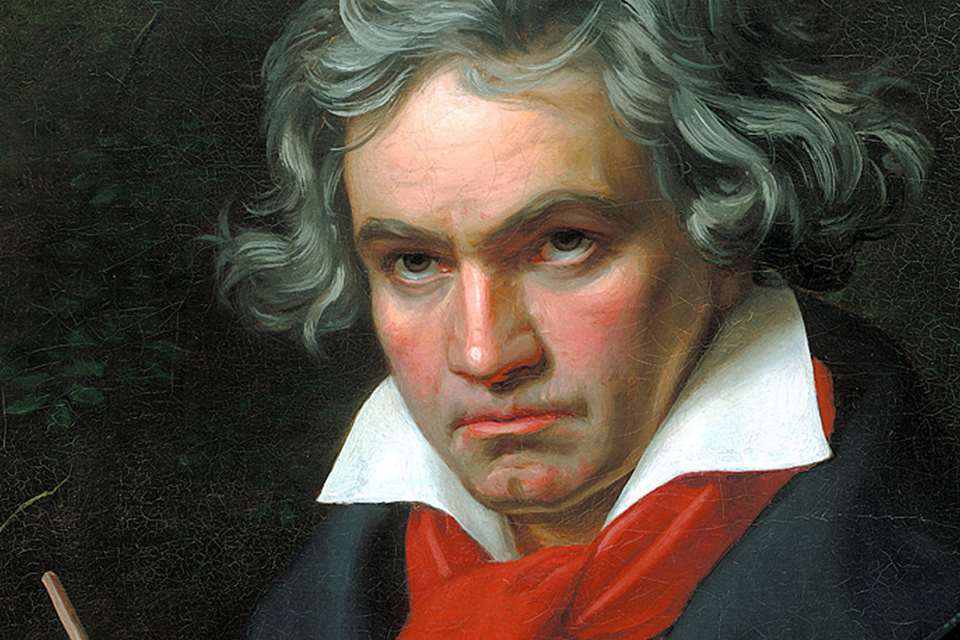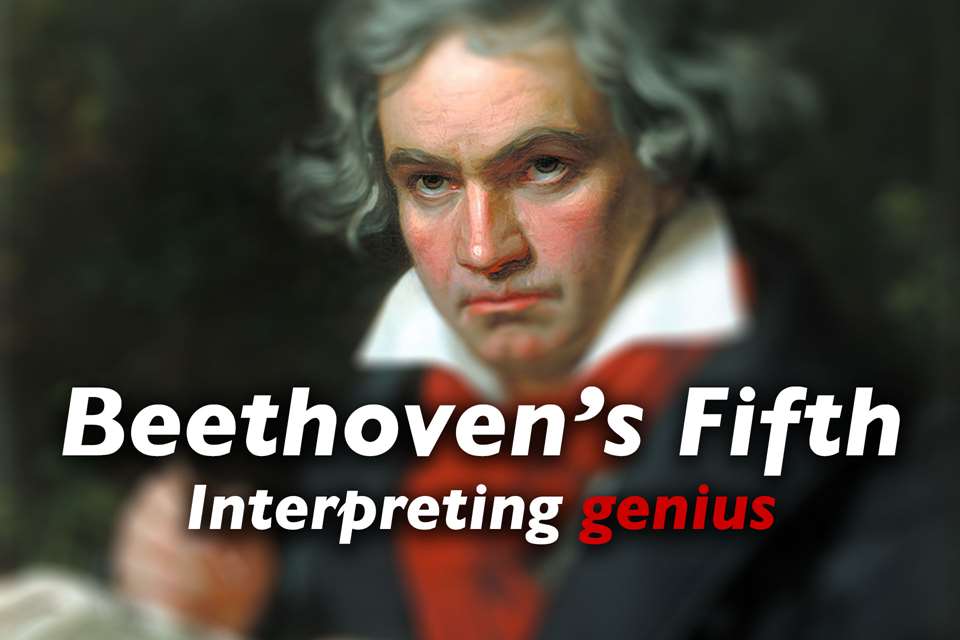Beethoven’s ‘Pastoral’ Symphony: a guide to the best recordings
Richard Osborne
Friday, October 20, 2023
The Sixth is the outlier among Beethoven’s symphonies, rural and rustic where the others are driven and dramatic. Richard Osborne makes a selection of the best versions from a rich recorded history
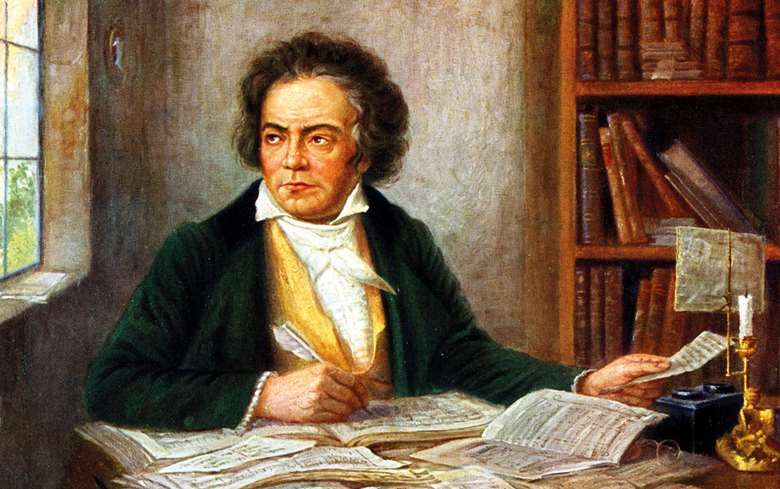
Register now to continue reading
Thanks for exploring the Gramophone website. Sign up for a free account today to enjoy the following benefits:
- Free access to 3 subscriber-only articles per month
- Unlimited access to our news, podcasts and awards pages
- Free weekly email newsletter




